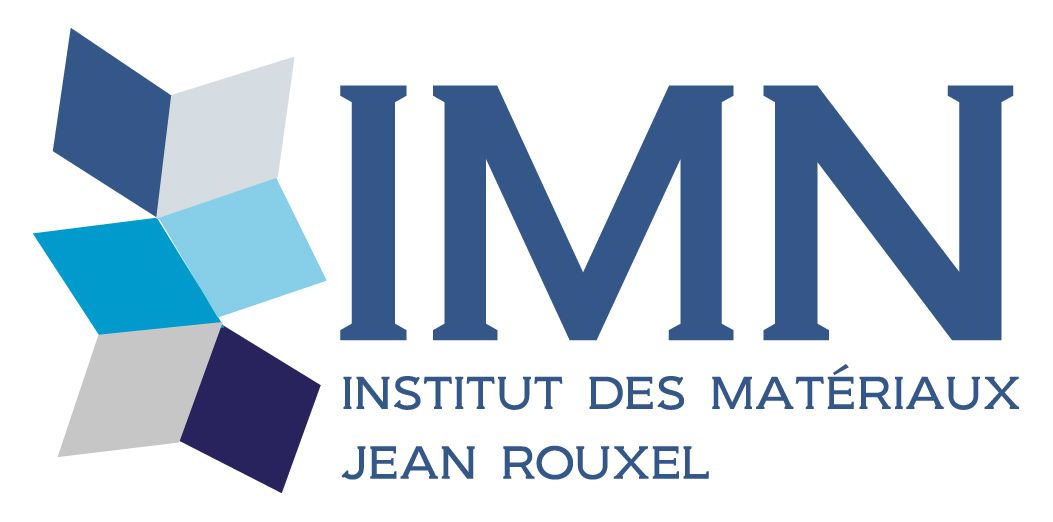

Sébastien
Brevet : 16
Rapport final : 4
Publication scientifique : 20
Thèse : 4
Emplois crées : 16
End of project on27 / 07 / 2024
Strategic business lines
 Smart grids
Smart grids
 Bâtiments et territoires intelligents
Bâtiments et territoires intelligents
 Smart grids
Smart grids




The ZORG project aims to achieve a unified understanding of the links between zinc electrolyte…



The HyBer project is an ambitious initiative to create a hydrogen ecosystem in the department…
